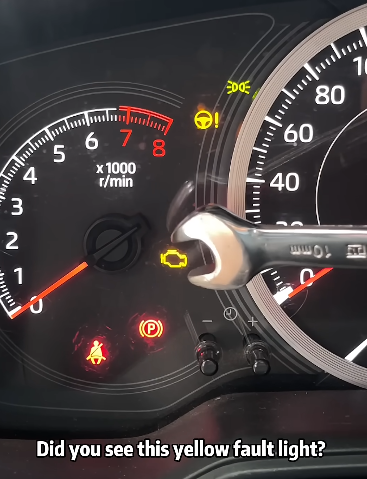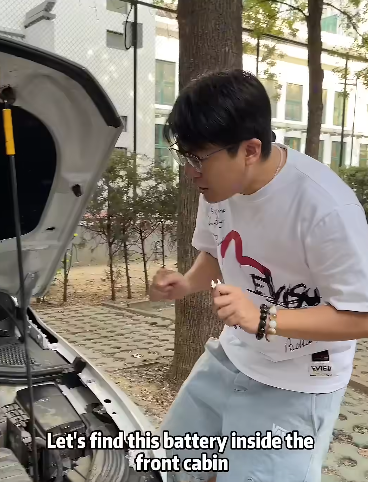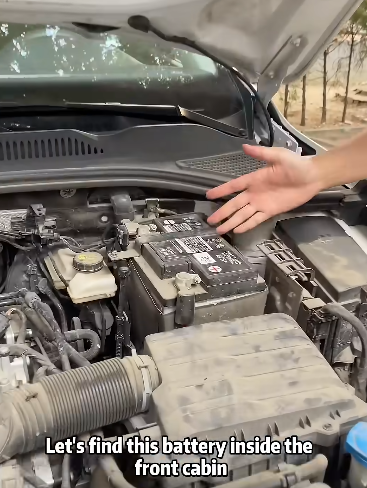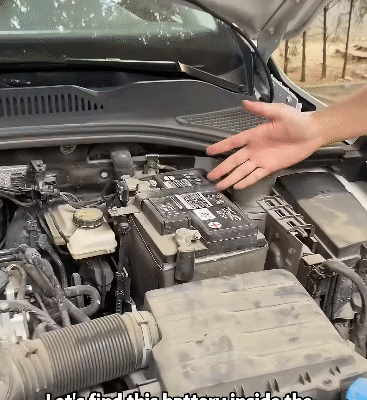
The dreaded check engine light—also known as the malfunction indicator lamp (MIL)—is one of the most common and nerve-wracking dashboard alerts any driver can encounter. When this little yellow or orange light flickers on, it can trigger a wave of anxiety. Is it a minor issue, or something more serious that could lead to expensive repairs? Fortunately, there are ways to diagnose and often clear the check engine light for free, without rushing to a mechanic or paying for costly diagnostics. This article will guide you step-by-step on how to get rid of the check engine light for free and help you understand what it means.
What Does the Check Engine Light Mean?
Before jumping into how to turn it off, it’s important to know what the light represents. The check engine light is triggered by your vehicle’s onboard diagnostics system (OBD-II), which monitors the engine, transmission, and emissions controls. When the system detects an issue, it turns on the light and stores a trouble code that points to the problem area.
Common causes include:
- Loose or damaged gas cap
- Faulty oxygen sensor
- Malfunctioning catalytic converter
- Spark plug or ignition coil issues
- Mass airflow sensor problems
Sometimes the problem is simple, other times it could be more complex. But not all causes require an immediate trip to the shop.

Step 1: Check the Gas Cap
One of the easiest and most common reasons for the check engine light to come on is a loose or faulty gas cap. If your gas cap isn’t screwed on tightly or is damaged, your car’s system detects a leak in the evaporative emission control system, triggering the light.
How to fix:
- Pull over and safely park.
- Open the gas cap and tighten it firmly until it clicks.
- If your gas cap looks worn or damaged, consider replacing it (gas caps are relatively cheap).
- After tightening or replacing the cap, the check engine light may turn off automatically within a few driving cycles. If not, it can be manually reset later.
Step 2: Use a Free OBD-II Scanner App and Adapter
Your vehicle’s OBD-II port, usually located under the dashboard on the driver’s side, can be accessed with an OBD-II scanner to read and clear trouble codes.
How to do this for free or minimal cost:
- Many auto parts stores (AutoZone, O’Reilly Auto Parts, Advance Auto Parts) offer free check engine light diagnostics. You can simply bring your car in, and they’ll plug in a scanner to read the codes and tell you what’s wrong. They might even clear the light for you, free of charge.
- Alternatively, if you want to do it yourself repeatedly, you can borrow or buy an inexpensive Bluetooth OBD-II adapter (often $10-$20) and download a free app on your smartphone, like Torque Lite (Android) or OBDLink (iOS).
- Plug the adapter into the port, pair it with your phone, and run the app to read the codes. You can then clear the codes yourself, which usually turns off the check engine light.
Important: Clearing codes without fixing the underlying problem is not a permanent fix. The light may come back if the issue persists.

Step 3: Perform Basic Visual Inspections
If you want to troubleshoot further before resetting the light, you can do some basic checks:
- Inspect the gas cap as mentioned above.
- Check for obvious signs of damaged or disconnected vacuum hoses under the hood. Loose hoses can cause engine performance issues and trigger the light.
- Look for any obvious loose or disconnected electrical connectors on sensors, especially the Mass Airflow Sensor (MAF) and oxygen sensors.
- Check the engine oil and coolant levels. Low levels sometimes trigger alerts related to engine health.
Step 4: Drive and Monitor Your Car
Sometimes the check engine light comes on due to minor or temporary issues, like a rough idle or a sensor hiccup. If the problem is minor and your vehicle is running smoothly, you can try the following:
- Drive your car normally for several days or about 50-100 miles.
- The onboard computer may run self-tests and if it doesn’t detect any ongoing problems, it will automatically turn the check engine light off.
This is a free and easy method if your car is otherwise running well and no other warning lights are on.

Step 5: Reset the Check Engine Light Manually (Without Tools)
If you want to try turning off the light yourself without an OBD-II scanner, there are a couple of manual reset methods you can try:
Disconnect the Car Battery
- Turn off the car.
- Open the hood and use a wrench to disconnect the negative battery terminal.
- Wait for about 15-30 minutes to allow the car’s computer to reset.
- Reconnect the battery terminal tightly.
- Start the car and see if the light has turned off.
Caution: Disconnecting the battery may erase other settings like radio presets and clock. Also, some vehicles require a special procedure to avoid causing other issues, so check your owner’s manual first.
Use the Ignition Key Method
Some older vehicles allow you to reset the light by turning the ignition key on and off in a specific pattern. For example:
- Turn the ignition to the “on” position (without starting the engine).
- Turn it off after a few seconds.
- Repeat this 3-5 times in quick succession.
- Start the car and check if the light is off.
Check online or your car manual for specific reset procedures based on your car’s make and model.

Step 6: Know When to Seek Professional Help
If the check engine light is flashing rather than solid, this usually indicates a severe engine misfire or a condition that can damage the catalytic converter. In this case, driving further can cause more damage, and the light should not be ignored.
Also, if after clearing the codes the light comes back immediately or stays on steadily, it means the underlying issue still exists.
For these cases, professional diagnosis and repair are recommended. Some local mechanic shops or dealerships might offer free diagnostic scans as a courtesy, so ask around.
Tips to Prevent the Check Engine Light From Coming On
- Regularly maintain your vehicle as per the manufacturer’s schedule.
- Always ensure your gas cap is tight after refueling.
- Use quality fuel and engine oil.
- Replace spark plugs, filters, and sensors as recommended.
- Avoid ignoring minor warning signs like rough running or strange noises.
Preventative care reduces the chance of the check engine light turning on in the first place.
Conclusion
The check engine light can be scary, but it doesn’t always mean disaster. There are multiple ways to diagnose and even clear the light for free, from tightening your gas cap to using free diagnostics at auto parts stores or borrowing an OBD-II scanner. Basic visual checks and patience can also help the light turn off if the problem was minor.
However, always remember that the check engine light is your car’s way of telling you something needs attention. Clearing the light without fixing the problem only masks symptoms and can lead to bigger repairs down the road.
By taking a little time to understand and handle the check engine light yourself, you can save money, learn more about your vehicle, and keep it running smoothly—often without spending a dime!



